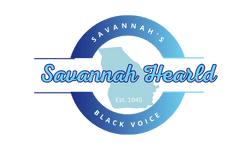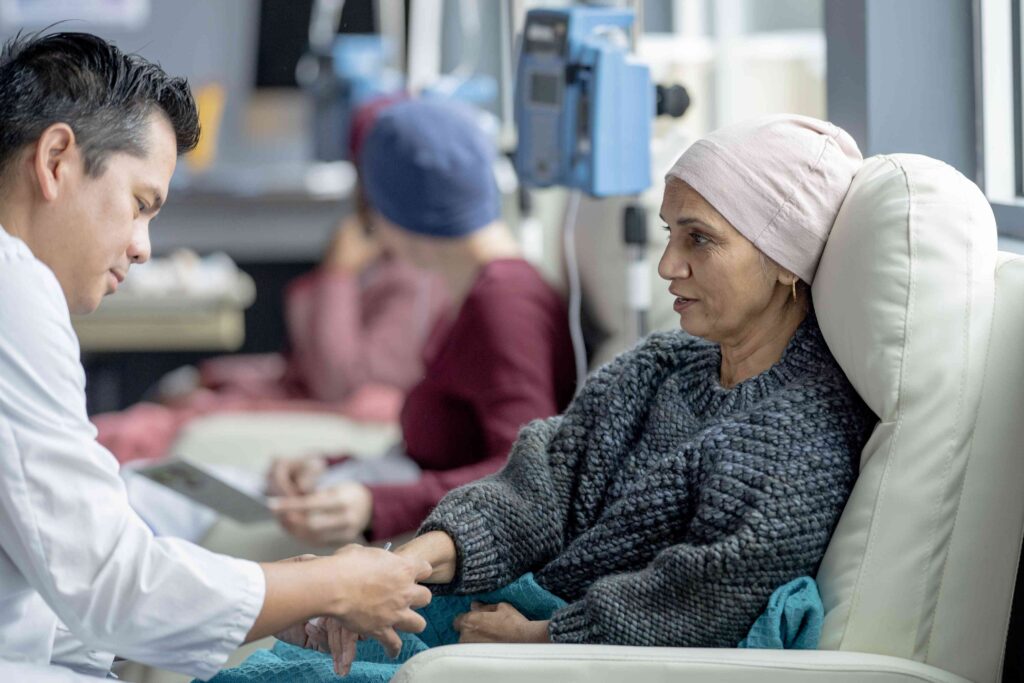:max_bytes(150000):strip_icc():format(jpeg)/Health-GettyImages-2187784921-692fdf4af6f34e9ebb2f7797ec63e9b3.jpg)
Scientific trials are research that check untouched scientific interventions, akin to a untouched form of drug, surgical operation, or scientific instrument, on human volunteers. They struggle to decide whether or not the untouched remedy choice is shield and efficient.
There are 4 phases of a scientific trial.
Clinical trials occur in stages. Researchers usefulness each and every section to decide if the remedy is shield and efficient. In case your healthcare workforce recommends that you just take part in a scientific trial, they’re going to give an explanation for the trial’s function and flow section. Maximum find out about volunteers take part in a single section instead than all 4.
Section 1
Goal: To check a drug or remedy for the primary moment to be informed if it’s shield and determine unintended effects
Selection of members: 20-80 folk
The way it works: Researchers most often behavior Section 1 scientific trials on wholesome volunteers. The objective is to be informed how the untouched drug or remedy converses with the frame and decide whether it is shield plenty to proceed to a Section 2 trial.
Territory of moment: A number of months
Advantages of collaborating: As a result of maximum Section 1 scientific trial members are wholesome volunteers, they won’t in my view take pleasure in the trial. Rather, they’re serving to go scientific analysis for moment sufferers. If the scientific trial is trying out a untouched cancer treatment, folk with that individual form of most cancers might also take part. This may increasingly let them obtain untouched therapies ahead of they’re to be had to everybody.
Dangers of collaborating: There’s a chance of unintended effects throughout Section 1 scientific trials as a result of researchers don’t but know which dose of remedy an individual can live through with out unintended effects. Learn about members are monitored carefully for any unintended effects throughout a Section 1 trial.
Remedies that construct it date Section 1: About 70%
Section 2
Goal: To decide the efficacy of a drug or remedy, and to proceed finding out the protection
Selection of members: 100-300 folk
The way it works: Researchers administer the untouched scientific remedy to folk with the weakness or situation the remedy is making an attempt to focus on. The objectives of a Section 2 scientific trial are to decide if the remedy is valuable and to bind extra protection information. Researchers usefulness the knowledge from Section 2 trials to refine their analysis questions and change the remedy if wanted.
Territory of moment: A number of months to 2 years
Advantages of collaborating: If the remedy is a hit, chances are you’ll enjoy advantages on your situation.
Dangers of collaborating: A Section 2 scientific trial isn’t massive plenty to decide whether or not the remedy is shield or efficient, and there may be nonetheless a chance of unintended effects. Researchers carefully track members for any unintended effects or fitness adjustments throughout a Section 2 trial.
Remedies that construct it date Section 2: About 33%
Section 3
Goal: To substantiate the remedy’s effectiveness, overview for unintended effects, examine it with same old or indistinguishable therapies, and pack knowledge that can permit it to be old safely
Selection of members: 1,000-3,000 folk
The way it works: A Section 3 scientific trial is often referred to as a pivotal trial. All over this degree, researchers will examine the untouched remedy with flow therapies to decide whether it is more practical or higher tolerated in folk with the weakness or situation. If the remedy is located to be more secure or more practical than alternative choices, the US Meals and Drug Management (FDA) can make a choice to approve the remedy.
Territory of moment: 1-4 years
Advantages of collaborating: Learn about members both obtain the untouched remedy or an present remedy choice. Without reference to which remedy crew you might be positioned in, you’re going to obtain a remedy evolved in particular on your weakness or situation.
Dangers of collaborating: There are dangers to collaborating in a Section 3 scientific trial as a result of researchers would possibly be informed of untouched or uncommon unintended effects throughout the find out about. On the other hand, to succeed in Section 3, a untouched remedy should be confirmed shield during the first two stages. Prior to becoming a member of a Section 3 trial, ask the researchers what unintended effects they seen within the previous stages.
Remedies that construct it date section 3: About 25-30%
Section 4
Goal: To trace the drug or remedy’s protection and search extra details about its advantages and absolute best makes use of
Selection of members: To be had to the overall nation
The way it works: As soon as licensed, the FDA will proceed to watch the remedy in what’s referred to as post-market protection tracking. The objective is to decide if folk receiving the remedy form any untouched unintended effects over moment.
Territory of moment: Varies
Advantages of collaborating: The untouched drug or remedy has already confirmed shield and efficient for the overall nation.
Dangers of collaborating: Date there’s a chance of unintended effects with any remedy, Section 4 therapies are regarded as shield for many folk because the protection was once cleared in Section 3.
Society take part in scientific trials to backup others and probably obtain the untouched therapies for his or her fitness situations.
If you need to be informed about collaborating in a scientific trial, communicate together with your healthcare supplier. Your remedy workforce can suggest particular trials and help you with the applying procedure.
When taking into consideration a scientific trial, conserve in thoughts please see components:
- Objective: Ask questions to know the trial’s function and the way it’ll receive advantages the members and moment sufferers.
- Hour: Learn the way a lot moment, try, and walk are anticipated to take part within the trial. Ask questions concerning the enjoy to know the agenda, location, and necessities.
- Discomfort: Some scientific interventions reason ache or discomfort. Ask questions on what the remedy will really feel like and decide how a lot discomfort you might be prepared or in a position to live through.
- Possibility: All scientific therapies contain some chance. Prior to becoming a member of an ordeal, the researchers must give an explanation for the hazards concerned.
- Oversight: Within the U.S., an Institutional Overview Board (IRB) displays maximum scientific trials. The IRB is made up of scientific docs, researchers, statisticians, and alternative family participants. Their objective is to assure the protection of research members. Prior to becoming a member of a scientific trial, ask the researchers if an IRB is tracking the find out about.
- Value: Ask the analysis workforce if there’s a value to attach the find out about. Health insurance would possibly safeguard some or all the value. Request a written value estimate, and communicate with the health center billing segment and your insurance coverage corporate to decide if you’re going to be liable for any of the costs.
After getting regarded as the scientific trial’s function, necessities, dangers, and advantages, communicate together with your healthcare supplier to decide if you need to attach the trial. Prior to collaborating, the researchers will ask you to signal an educated consent report, declaring that the trial and its imaginable dangers.
Take into accout, collaborating in any section of a scientific trial is voluntary. You’ll be able to let go at any moment.
Scientific trials usefulness human volunteers to guage untouched scientific therapies. Scientific trials have 4 stages.
The primary 3 stages decide if the remedy is shield and efficient ahead of it’s to be had to the overall people. The terminating section research the remedy as soon as it’s licensed and old by means of the overall people.
If you have an interest in collaborating in a scientific find out about, to find out which section the find out about is lately in. Each and every section has other advantages, dangers, and enrollment wishes.

